Physics
Sign up for our newsletter
We summarize the week's scientific breakthroughs every Thursday.
-
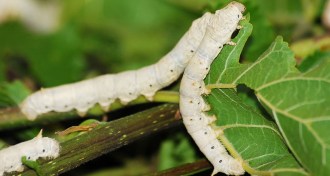 Materials Science
Materials ScienceSilkworms spin spider-strong threads
Silkworms with a spider protein make silk tough enough to be woven into clothing.
-
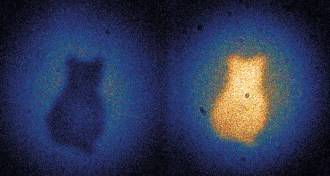 Quantum Physics
Quantum PhysicsBlind quantum camera snaps photos of Schrödinger’s cat
Quantum weirdness lets physicists snap photo without collecting incoming light from cardboard cat subject.
-
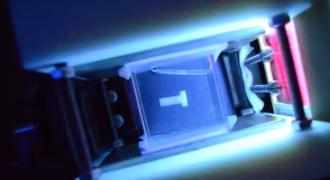 Materials Science
Materials ScienceMagnetic levitation shows promise for manufacturing
Suspending soft, sticky and fragile objects between magnets may be a way to manipulate the materials in 3-D space without needing to touch them.
-
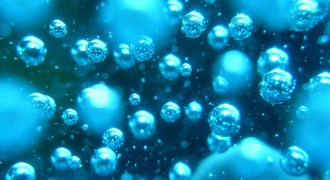 Materials Science
Materials ScienceGreener water splitter for hydrogen fuel designed
A new gadget that runs on a single AAA battery might truly reduce the carbon emissions from hydrogen fuel cell production down to zero.
-
 Materials Science
Materials ScienceMagnets get flipped by light
Controlling magnetism with lasers could lead to faster computer hard drives.
By Andrew Grant -
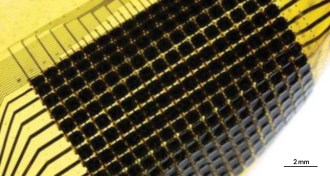 Materials Science
Materials ScienceNature-inspired camouflage changes its looks with light
Thin, flexible new material steals the color-shifting capabilities of cephalopod skin.
By Beth Mole -
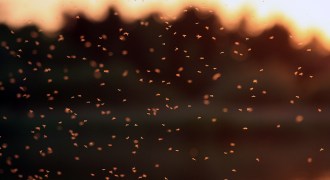 Physics
PhysicsCommon motion emerges in swarms of only 10 midges
A swarm of midges may start to fly as a collective group with as few as 10 individuals, a new study shows.
-
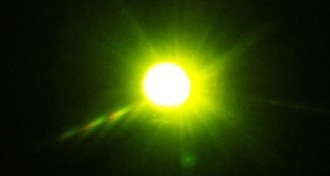 Physics
PhysicsLaser identifies explosive powders 400 meters away
Green laser pulse allows researchers to detect molecular vibrations in potentially explosive materials.
-
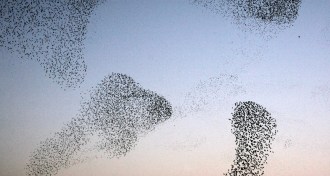 Quantum Physics
Quantum PhysicsBirds’ turns match math of quantum matter
Equations that describe superfluidity may explain how information about which way and when to turn spreads in a starling flock.
-
 Quantum Physics
Quantum PhysicsQuantum Cheshire Cat experiment splits particles from their properties
When facing a fork in the road, neutrons appear to go in one direction and their spins in the other.
By Andrew Grant -
 Science & Society
Science & SocietyQuantum connection could revitalize superstrings
Status of superstrings could be elevated by their ability to explain the mysterious rules of quantum mechanics.
-
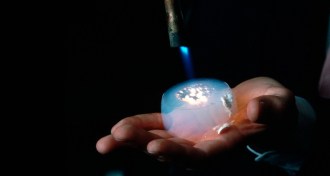 Materials Science
Materials Science‘Stuff Matters’ explores the science behind everyday objects
Author Mark Miodownik explores why everyday materials look and behave the way they do.